The artist’s studio is a recurring theme in art history—depicted in drawings, paintings, and photos. Looking at it through Romantic, 19th -century eyes, this fascinating place is the cradle of all artistic creation. At that time, artists were legendary, admired figures of society, and soon started setting trends1 for upper-class bourgeois and bohemians, who drew their inspiration from and fantasized about the lifestyle of the artist. Around the beginning of the 20th century, artists’ studios became an architectural model in Paris, inspiring new buildings with large glass roofs and high ceilings, bathed in light, boasting a profoundly “bohemian” interior decor—created by careful home-staging and a plethora of more of less luxurious items2. Later on, Chagall’s studio perpetuated this idea, fitting in perfectly with the collective imagination about his space. Photographs from the Marc and Ida Chagall Archive, as well as studio depictions, give us a glimpse of the atmosphere in these creative havens. Indeed, they took on many different facets depending on whether the painter was settled in Russia, France, Germany, or exiled in the United States during World War II. As it grew, Chagall’s studio morphed according to his social status and recognition as an artist—from his stay at La Ruche, a compound of studio lodgings in the Vaugirard neighborhood of Paris, from 1912 to 1914, to the construction of his villa La Colline in Saint-Paul-de-Vence where the artist settled down in 1966. These places were ideal for meeting new people and collaborating on cross-disciplinary artistic projects, transcending an extremely personal vision of the artist’s studio.
The works depicting his studio help shed light on what role and function the artist pinned on it. Chagall never painted outdoors: “I painted at my window, yet never walked down the street with my paintbox,” he asserted in Ma vie3. The artist’s studio is a pivotal place between outside and inside worlds, materialized by the window itself. In the same way as his self-portrait did, these studio representations bear witness to how Chagall considered his status as an artist—like a window into his world.
1Manuel Charpy, “Les ateliers d’artistes et leurs voisinages. Espaces et scènes urbaines des modes bourgeoises à Paris entre 1830-1914”, Histoire urbaine (“Artists’ Studios and their neighborhoods. Urban Areas and Scenes of Upper-Class Bourgeois in Paris between 1830 and 1914,” Urban History), vol. 26, no. 3, 2009, p. 43-68.
2Ibid.
3 Marc Chagall, Ma vie (My Life), Paris, republished by Stock, 1983, p. 166, in Élisabeth Pacoud-Rème, “Chagall, fenêtres sur l’œuvre” (Chagall, Window onto his Works), in Chagall, un peintre à la fenêtre (Chagall, a Painter at the Window) (Nice exhibition catalogue, Nice, Musée national Marc Chagall, June 25–October 13, 2008, Münster, Graphikmuseum Pablo Picasso Münster, November 13–March 4, 2009), Paris, Réunion des musées nationaux, 2008, p. 33.

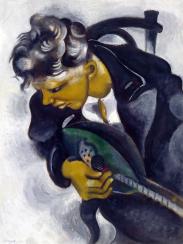
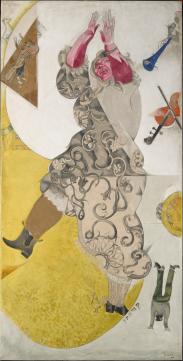


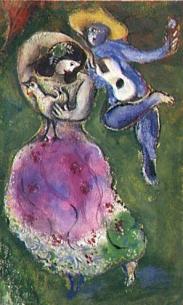
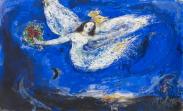
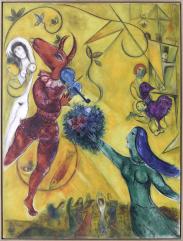

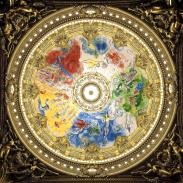
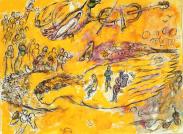
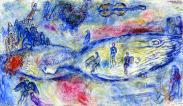
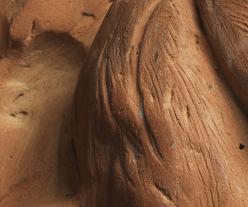
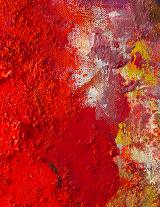

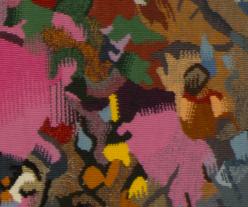
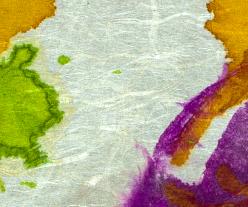




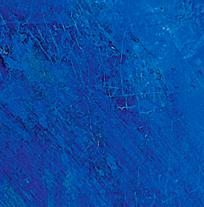


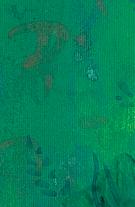

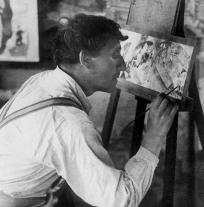
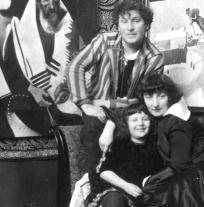
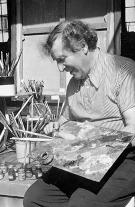

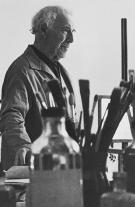
The vital relationship that Marc Chagall cultivated with music was rooted in the Hasidic culture of his childhood, in religious singing and Russian popular music. His first years were steeped in song and prayer, which he heard at the synagogue: “I will be a singer, a cantor. I will train at the Conservatory. I signed on as an assistant to the cantor, and on feast days, the entire synagogue and myself would distinctly hear my soprano voice floating in the air.” Violinists, players of the bandura or shofar (a ram’s horn used in formal ceremonies at the synagogue), and street musicians are sprinkled throughout the artist’s works starting in the 1910s. Beyond these identifiable images, Chagall was also interested in the notion of rhythm and musical sequence, which he distilled in his compositions between 1914 and 1920. Namely, he used India ink and a rhythmic and calligraphic writing style, searching for musicality within his compositions themselves. In 1919, he began working on a stage set commission for Moscow’s Jewish Art Theater (GOSET), at the instigation of its director, Alexeï Granovski. He designed a universal decorative program on the topic of arts and music, composed of seven main panels. As an artistic manifesto, this ensemble helped assert Yiddish culture in Eastern Europe by spotlighting popular theater and placing it in an artistic, vibrant modernity on par with the avant-garde. During his exile in the United States, Chagall renewed his interest in designing stage sets. In 1942, he worked with Bella on the stage sets and costumes for the ballet Aleko, based on a poem by Alexander Pushkin, The Gypsies, and set to music by Piotr Ilitch Tchaikovsky. In 1945, Chagall continued his stage design work in New York for Igor Stravinsky’s ballet Firebird, drawing inspiration from both Mexican and Russian sources. In 1958, back in France, he set to work on sets for the ballet Daphnis and Chloe, based on the pastoral by Longus and set to music composed by Maurice Ravel, bringing to life a bucolic Greece. The 1960s saw the beginning of a new stage in the artist’s career, as he confronted monumental art. The bold, brilliant ceiling of the Paris opera house, commissioned to Chagall by André Malraux in 1962, pays tribute to fourteen composers and their works through a décor covering more than 220 square meters (over 2360 square feet). Chagall’s exploration of color ranges and new materials deepens the perception of musicality in his own work, unveiling a constant search for rhythms, vibrations, and tones through which the art “becomes a sound.”